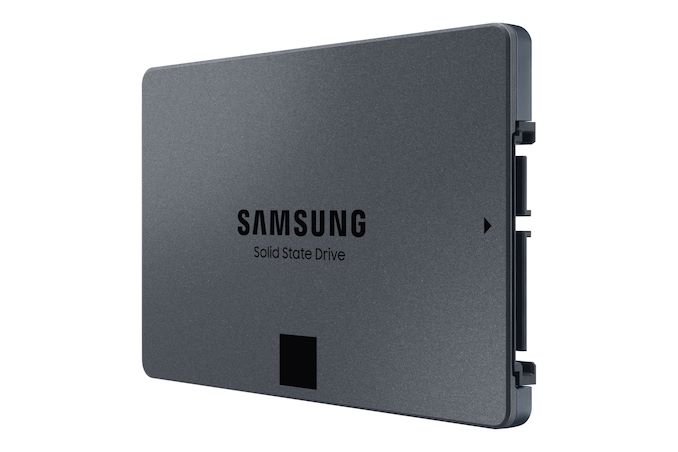
Samsung is no longer the only brand selling consumer SATA SSDs with QLC NAND, but it's not a big club.
QLC NAND has had a bit more of an impact in the NVMe SSD market, where a few more brands are experimenting with using QLC to make big drives cheaper, rather than simply making cheap drives even cheaper.
That smallest capacity model comes with some significant performance deficits relative to the multi-TB models, in much the same fashion as 256GB TLC drives fall behind their larger counterparts, or 512GB capacities for high-performance NVMe SSDs.
And because it's Samsung, the pricing isn't low enough to rule out comparing against mainstream TLC SATA SSDs and entry-level NVMe SSDs, especially for the lower capacities.
The cheapest entry-level NVMe SSDs are all either DRAMless with TLC, or use QLC with a more mainstream controller.
We don't have any non-Samsung 4TB consumer SSDs to compare against; the Western Digital Blue is pretty much the only other 4TB consumer SATA SSD, and Sabrent's Phison E12-based Rocket and Rocket Q drives are the current options on the NVMe side.
Ultimately, most of the competition against multi-TB SSDs comes from hard drives, the incumbent alternatives for high-capacity drives
Multi-TB hard drives are still vastly cheaper than multi-TB SSDs, but for many consumers the big question posed by drives like the 870 QVO is whether it's reasonable yet to move all their storage over to solid-state
It's the newest and largest hard drive I have on hand, because my home office has been drowning in SSDs for years
